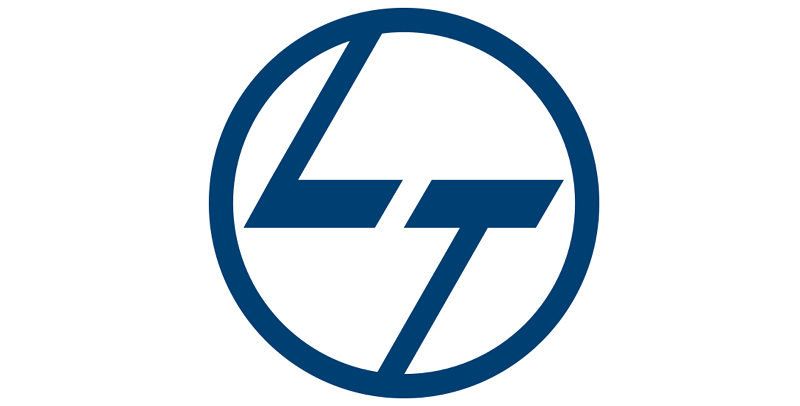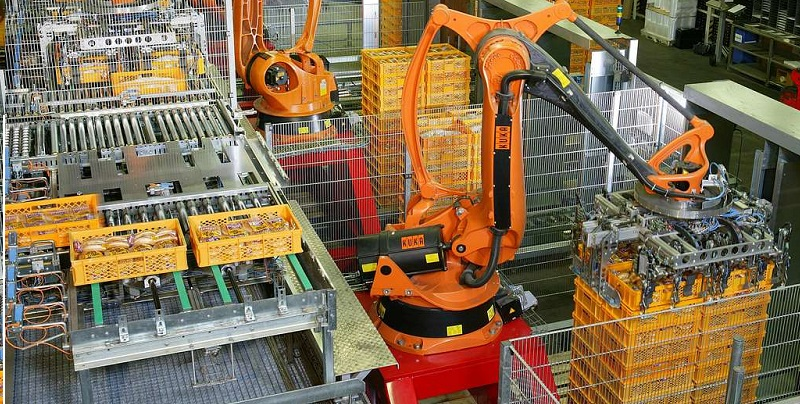Schedule a Call Back
Lightweighting pushing demand for automotive plastics
 Technical Articles
Technical Articles- Nov 01,17

Related Stories

Adani Group to build $4 billion PVC project by Dec 26
India's annual PVC demand is approximately 4 million tonnes, but domestic production capacity stands at just 1.5 million tonnes, leading to a substantial supply-demand mismatch.
Read more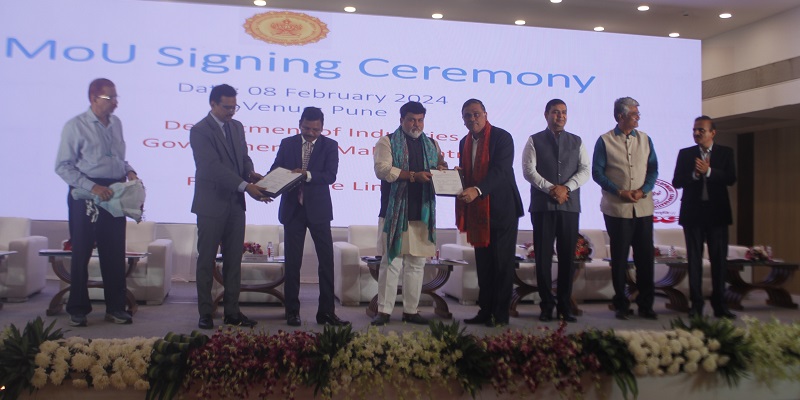
Finolex Cables to invest Rs 580 crore to expand optic fibre cables capacity
This expansion in Maharashtra encompasses the installation of fibre draw towers and the implementation of backward integration for the production of glass preforms, crucial in the fibre drawing proc..
Read more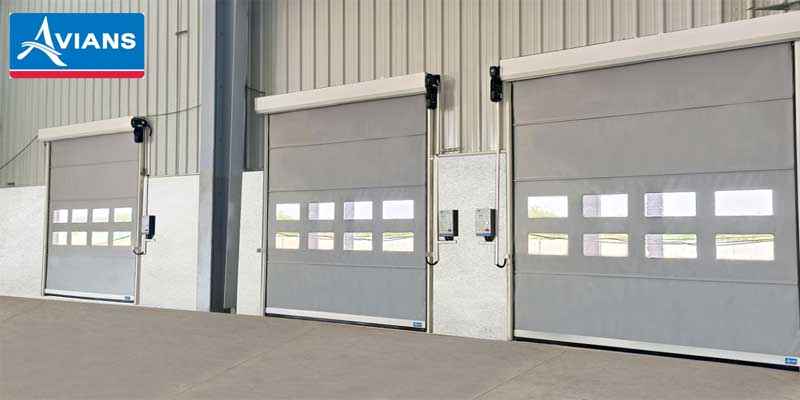
Avians high speed doors: Fast, efficient and smart entrance solutions
Avians high speed doors with the CE standard are designed to provide durability and speed, making them suitable for both indoor and outdoor use in sheltered areas with low wind loads and moderate te..
Read moreRelated Products
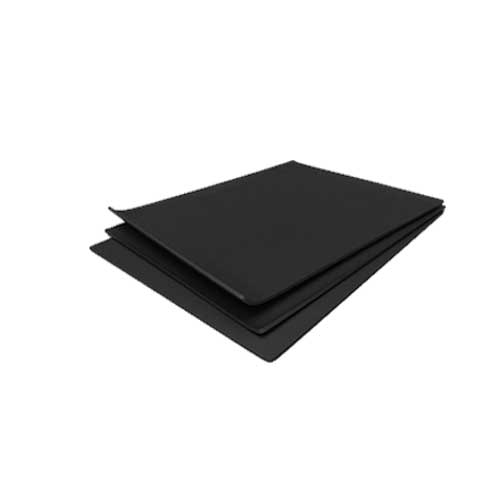
Rubber Sheets Material
Talbros Sealing Material Pvt Ltd offers a wide range of rubber sheets materi Read more
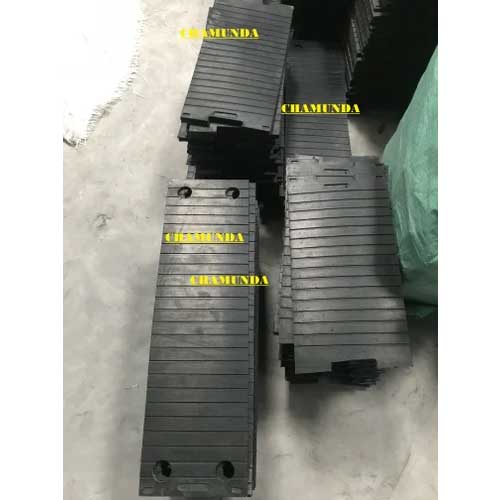
Rail Rubber Pad
Chamunda Enterprise offers a wide range of rail rubber pad.
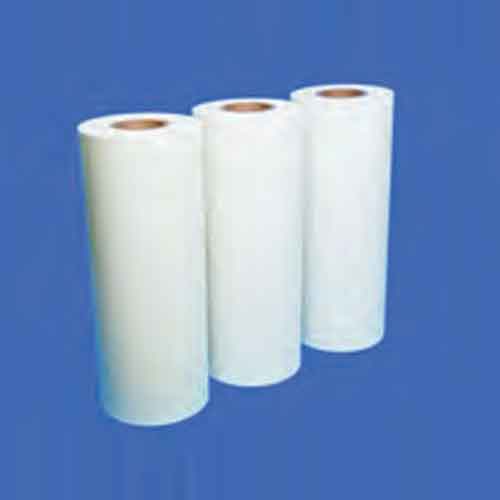
Insulation Polyester Film
TMA International Private Limited offers a wide range of insulation polyester film.




